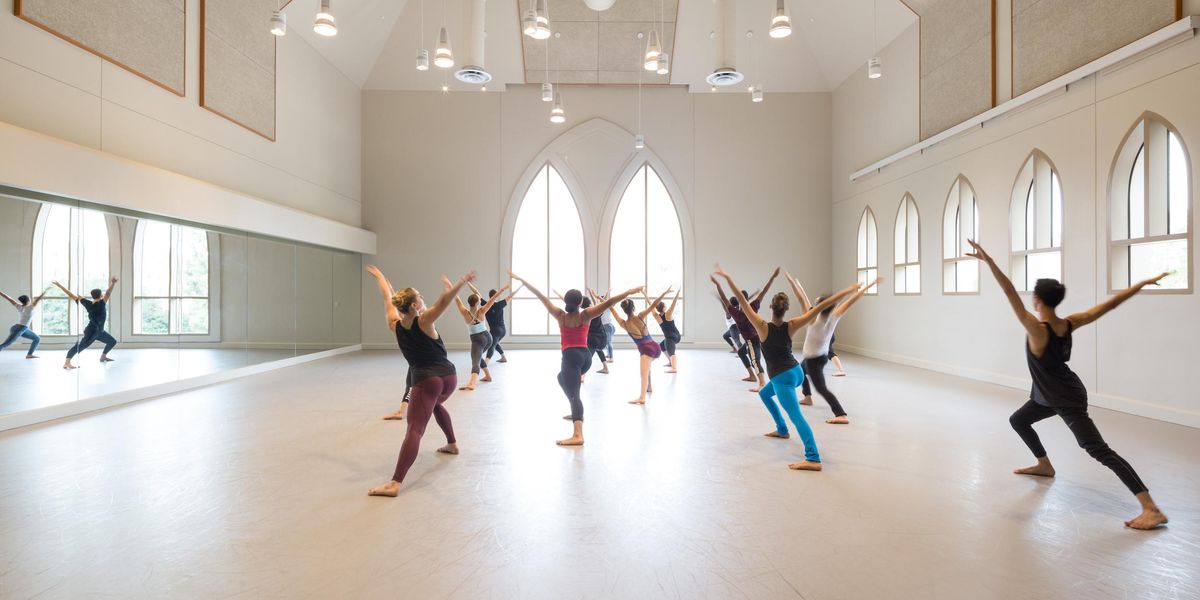The Lure of Batsheva
What is it that makes Ohad Naharin’s work so enticing to dancers?
Photography by Joe Toreno
Mario Bermudez Gil with Adi Zlatin.
Not many contemporary dance troupes stick around for half a century and still remain relevant. But Tel Aviv-based Batsheva Dance Company, founded in 1964 by Baroness Batsheva de Rothschild and American dance pioneer Martha Graham, has, under Ohad Naharin’s artistic direction since 1990, become one of the world’s pre-eminent cultural institutions.
And while he was a superb dancer, it’s Naharin’s singular choreography—more than 20 works for Batsheva and its junior company—and his own technique that propelled him to the upper echelons of dance. Gaga, a movement vocabulary that releases unconscious, often playful impulses, is a kind of corporeal multi-tasking that trains the body while helping the performer gain self-awareness. Resulting in a hard-edged physicality and relaxed fluidity, Naharin’s choreography is instantly recognizable for its mash-up of virtuosity and idiosyncratic moves wrapped in hard-core passion.
It is precisely for this reason that dancers around the world covet being in the troupe. Whether in class, rehearsing or performing for global audiences, Batsheva dancers seem to come into their own as artists under Naharin’s direction. Many describe it as a revelatory experience. Dance Magazine recently spoke to three members of Batsheva—all Americans—to discover what attracts each of them to the work.
Photos from top: Rachel Osborne; Nitzan Ressler; Ian Robinson with Adi Zlatin
“A lot of Gaga is connecting to your weaknesses–and the more I can do that, the more I can feel my actual strength.” –Bobbi Smith, 31, joined 2008
“Ohad’s work taps into qualities I didn’t have before. what’s surprising is the subtlety, and how small gestures can be both delicate and explosive.” –Shamel Pitts, 30, joined 2010
“His choreography looks like it’s happening somewhere else in the cosmos. It isn’t earthbound. It feels like play, but in a laboratory setting. Sometimes it’s bruised, sometimes ecstatic.” –Ian Robinson, 29, joined 2009




